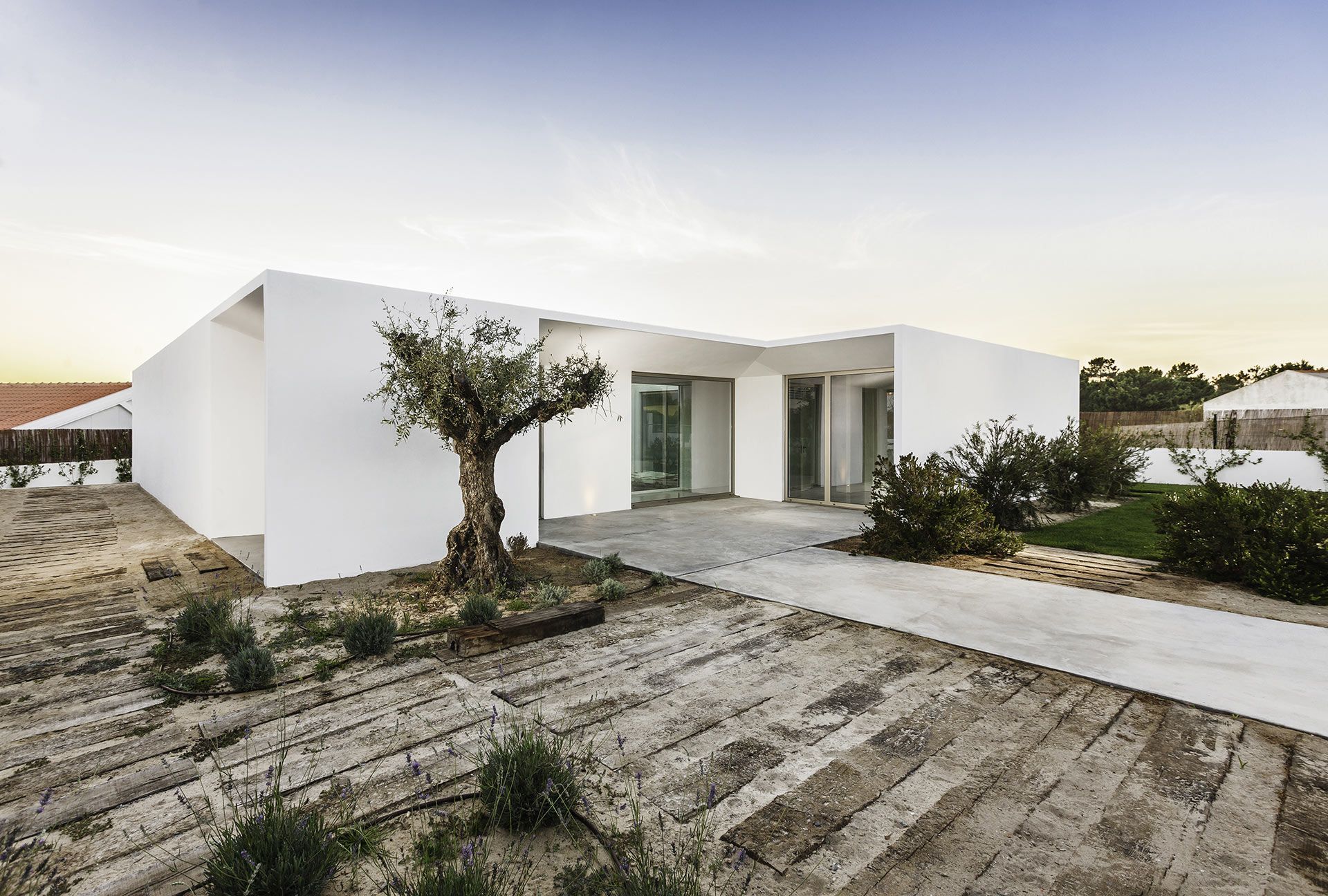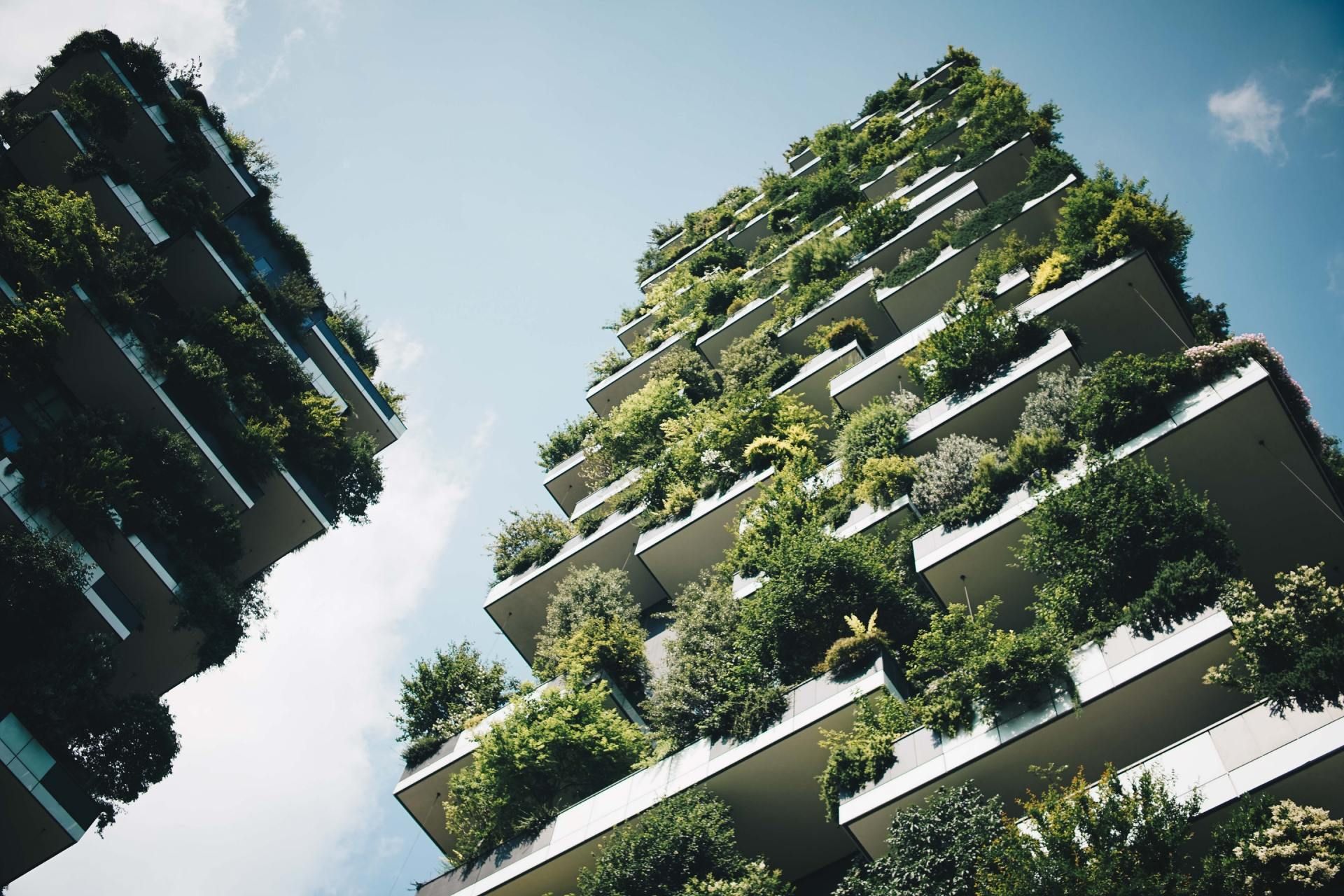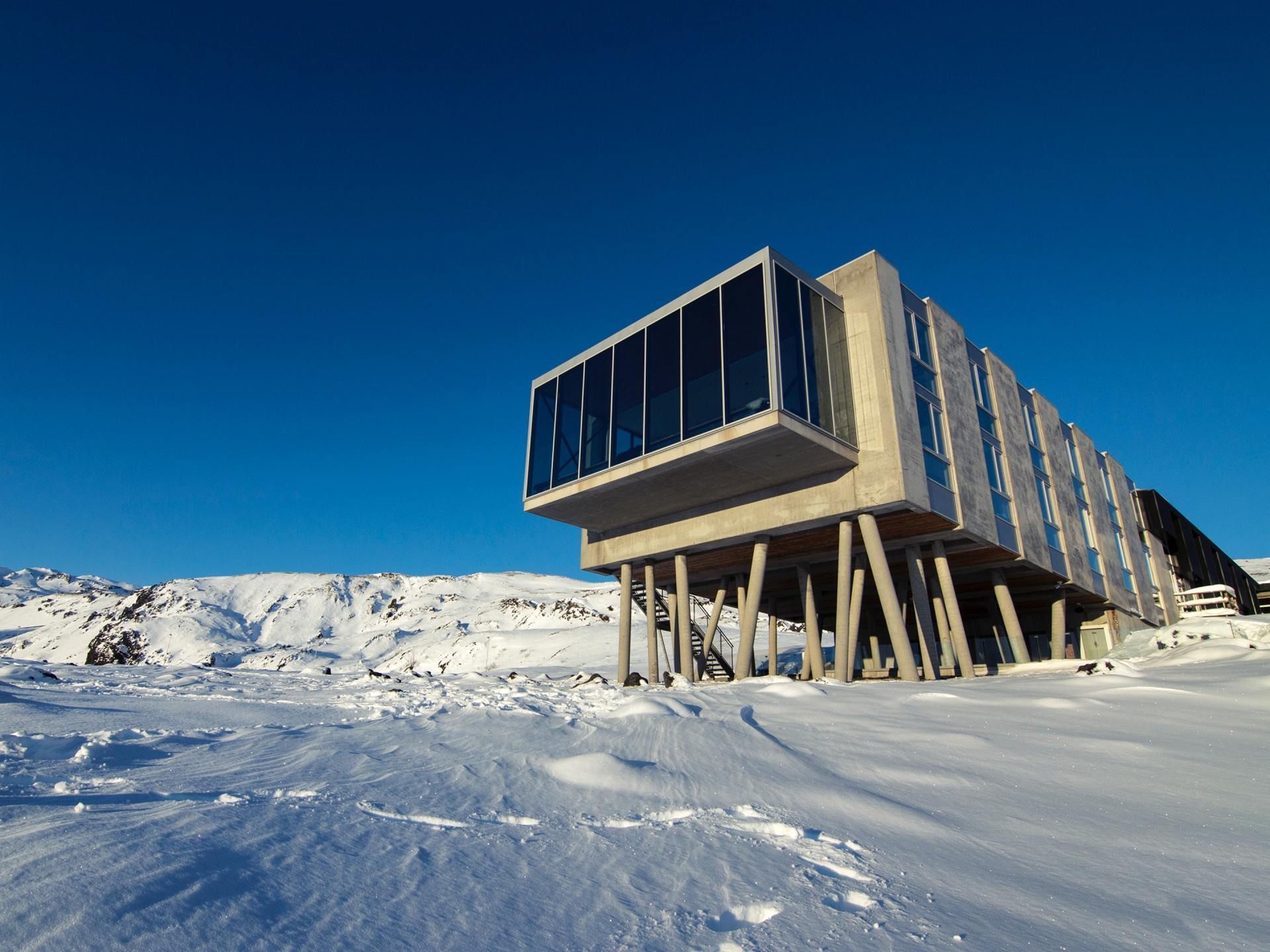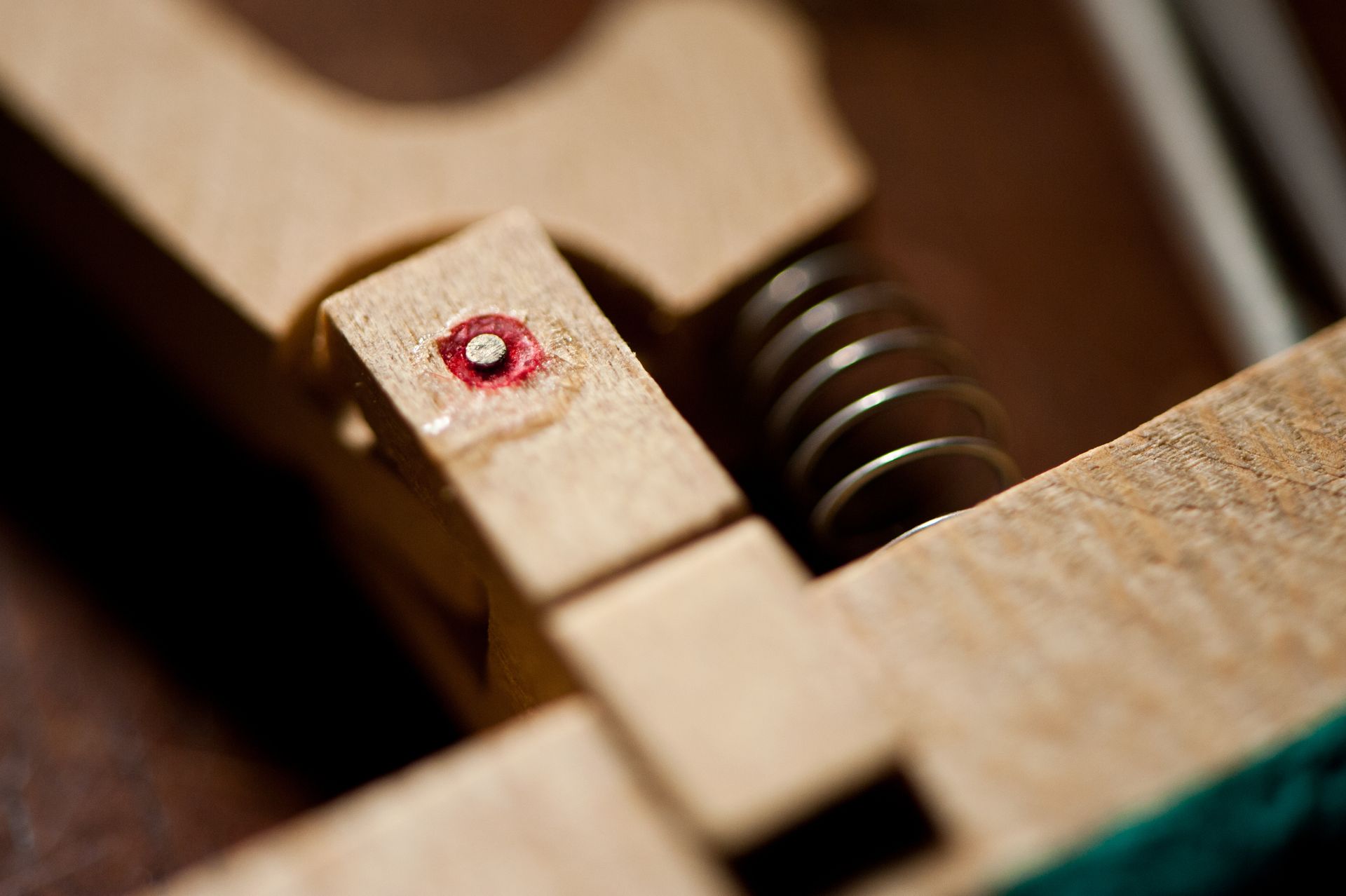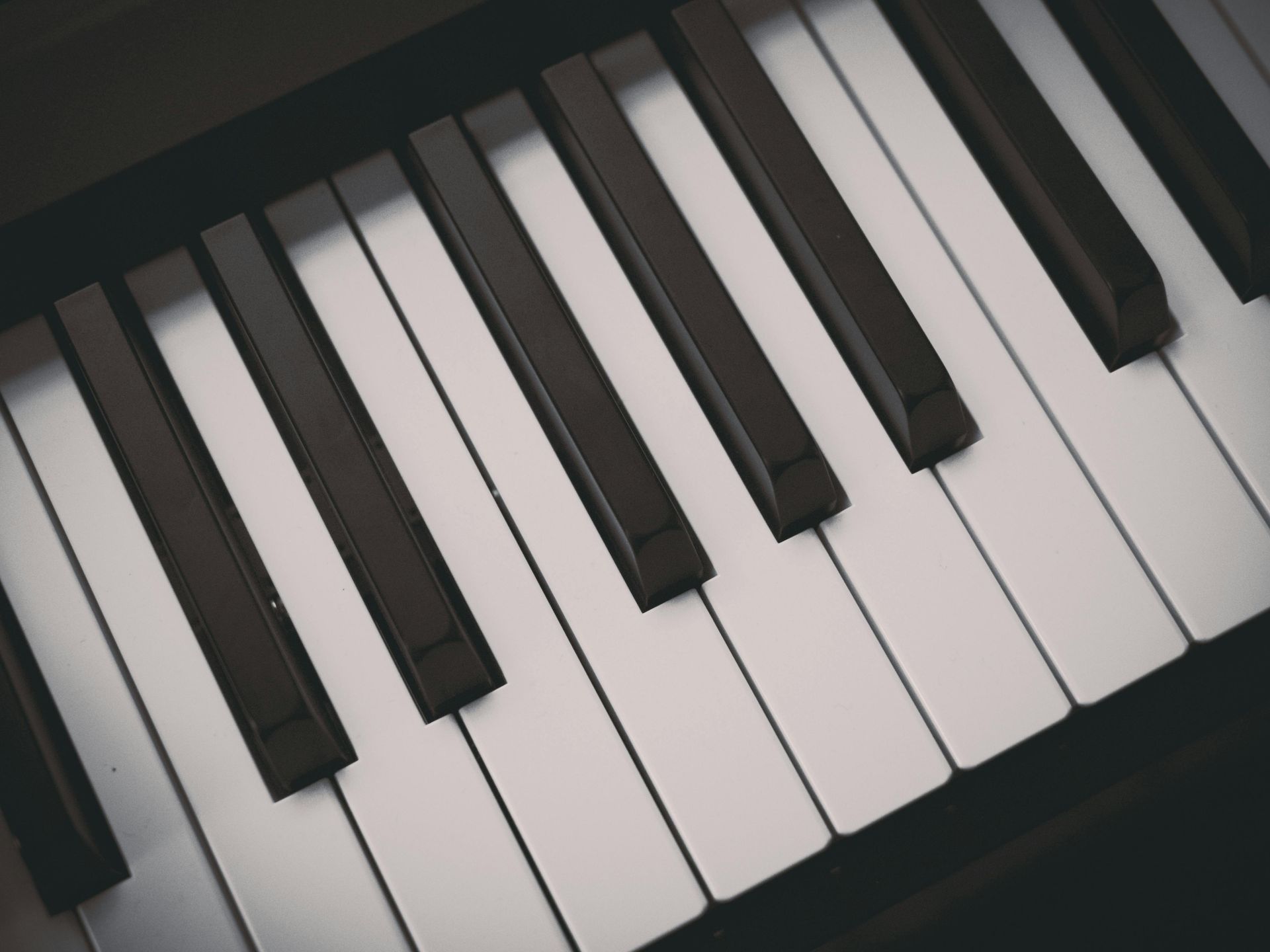How Often Should You Tune Your Piano in Wisconsin?
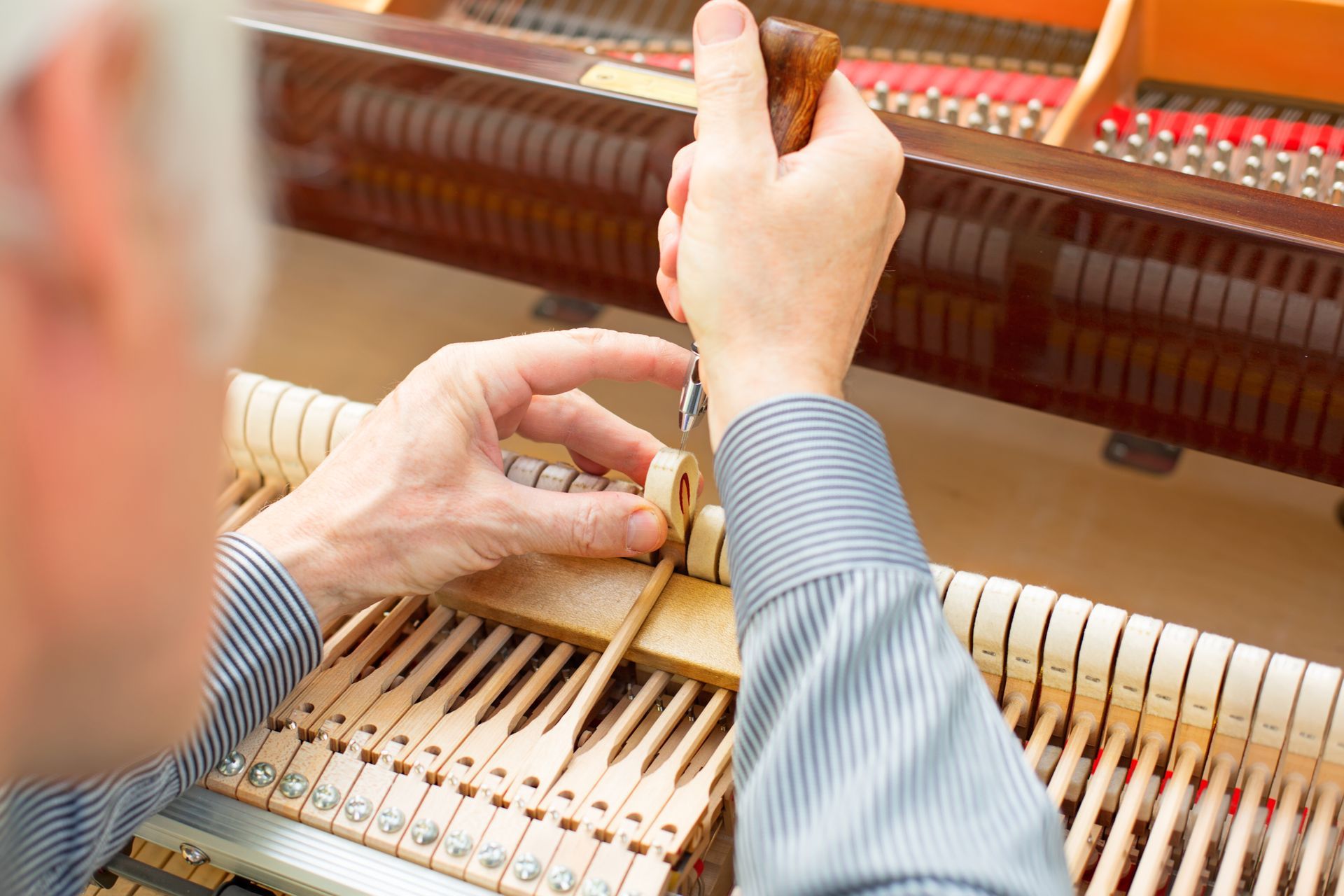
Nervous About Booking Your First Piano Tuning?
Don’t be. A piano tuning appointment with me—Bill from Bill’s Piano Services—is a friendly, no-pressure experience that’s all about bringing beautiful sound back into your home or space.
Whether you’ve just inherited a piano or it’s been sitting untouched for years, here’s exactly what happens when I visit for a tuning.
Before the Appointment: What You Can Do to Prepare
You don’t need to do much—but here are a few quick tips to make things go smoothly:
Clear the top of the piano. Remove picture frames, sheet music stacks, and decorations.
Quiet the environment. Tuning is all done by ear, so the quieter the room, the better.
Make the piano accessible. If it’s near furniture or walls, make sure I can open it fully.
Let me know if there are any issues. Sticky keys? Strange sounds? I’ll check them out while I’m there.
Step-by-Step: What I Do During a Piano Tuning Visit
Here’s a breakdown of what happens during a standard tuning session:
1. Initial Inspection
I’ll start by evaluating your piano’s condition:
Check overall pitch (is it flat or sharp?)
Assess temperature/humidity impact
Look for signs of damage, loose pins, or worn strings
Ask when it was last tuned (if known)
This helps me determine whether the piano needs a standard tuning or a pitch raise first.
2. Tuning Process
Using both my ear and specialized tools, I’ll:
Set a reference pitch (usually A440)
Tune strings across all 88 notes, adjusting each by hand
Align unison strings so they ring in harmony
Double-check octaves and intervals for clarity and balance
I don’t use auto-tuners or shortcuts—just years of experience and a trained ear.
Expect this to take anywhere from 60 to 90 minutes, depending on the piano’s condition.
3. Spot-Check the Action and Pedals
While tuning, I’ll also keep an eye (and ear) out for:
Sticking keys
Buzzing or muted notes
Pedal alignment issues
Signs of mechanical wear or voicing problems
If I notice something, I’ll let you know—and in many cases, I can fix it on-site.
4. Client Walkthrough
Once tuning is complete, I’ll:
Play through the keyboard to demo the improvement
Explain any adjustments I made or issues found
Recommend future services (if needed) like voicing, regulation, or cleaning
Provide care tips for tuning stability, humidity, and positioning
I’ll also answer any questions you have, whether you’re a beginner or a seasoned player.
How Long Does a Tuning Take?
Standard tuning: 60–90 minutes
Tuning + minor repairs or sticky key fixes: 90–120 minutes
Pitch correction (long-neglected pianos): 2 hours or more
I’ll always communicate the expected time up front and adjust based on your piano’s unique needs.
Seasonal Tip for Wisconsin Owners
In Northern Wisconsin, I recommend scheduling your tunings:
Spring (after heat season ends)
Fall (after humidity drops)
This helps counteract the seasonal pitch shifts caused by our dry winters and humid summers.
First-Time Tuning? No Problem.
If this is your first time having a piano tuned, or if you’re not sure what your piano needs, don’t worry—I’ve worked with thousands of families, churches, schools, and first-time clients over the last 23 years.
No judgment. No pressure. Just honest advice and quality service.
Serving the Northwoods with Trusted Piano Care
I travel up to 100 miles from Woodruff, WI to provide professional, in-home piano tuning and repairs in:
Minocqua
Rhinelander
Eagle River
Park Falls
Phillips
Tomahawk
And surrounding areas
Ready to Book Your Appointment?
Whether it’s been 6 months or 16 years, I’ll bring your piano back to life with careful, skilled tuning and personal service.
Based in Woodruff, WI
(715) 892-2705
billn0614@gmail.com
